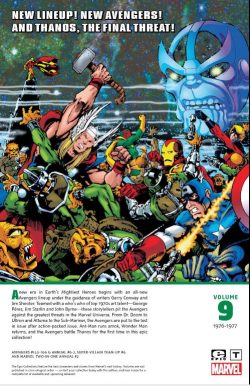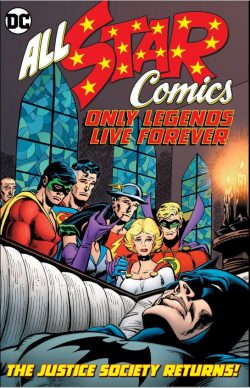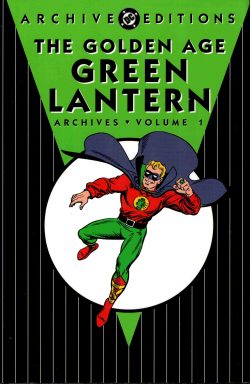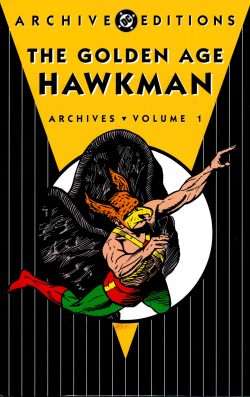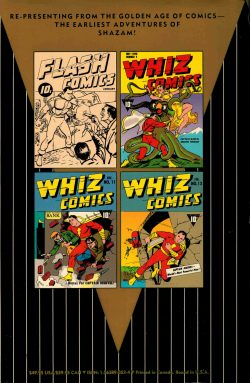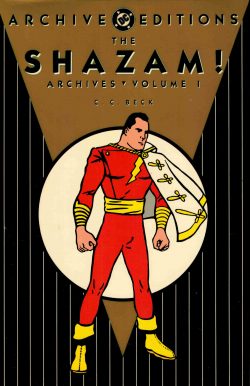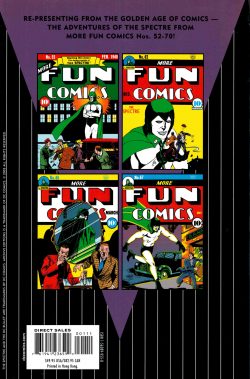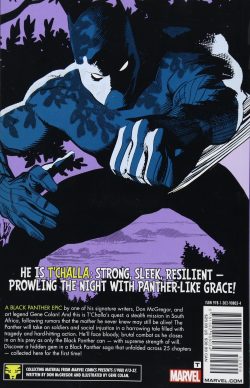

By Don McGregor, Gene Colan, Tom Palmer & various (Marvel)
ISBN: 978-1302908034 (TPB)
The loss of Chadwick Boseman is a terrible blow to fans of film and every supporter of the rights and inherent dignity of all humanity. Whatever the reason, it seems that black people are just not allowed to have living role models. Our condolences and best wishes go out to his family and all who knew or were affected by him.
The pettiest part of that tragedy is that his iconic role as T’Challa of Wakanda is also ended. Having read about the kind of man he was, I’m shamelessly taking the opportunity to review the Black Panther story I suspect he would most have liked to realise on film…
Lauded as the first black superhero in American comics and one of the first to carry his own series, the Black Panther‘s popularity and fortunes have waxed and waned since the 1960s when he first attacked the FF (in Fantastic Four#52; cover-dated July 1966) as part of an extended and elaborate plan to gain vengeance on the murderer of his father.
T’Challa, son of T’Chaka was revealed as an African monarch whose hidden kingdom was the only source of a vibration-absorbing alien metal upon which the country’s immense wealth was founded. Those mineral riches – derived from a fallen meteor which struck the continent in primeval antiquity – had powered his country’s transformation into a technological wonderland.
That tribal wealth had long been guarded by a hereditary feline-garbed champion deriving physical advantages from secret ceremonies and a mysterious heart-shaped herb that ensured the generational dominance of the nation’s warrior Panther Cult.
Lyrical intellectual Don McGregor had already immortalised T’Challa in a stunning 1970s periodical run which produced the revered Panther’s Rage saga and the controversial Panther vs the Klan storyline. After years away from the mainstream, creating groundbreaking graphic novels such as Sabre: Slow Fade of an Endangered Species and Detectives Inc., series such as Ragamuffins and Nathaniel Dusk, he was lured back to his roots to spin a shocking tale of contemporary intolerance and the end-days of Apartheid…
He was joined by a semi-regular collaborator whose credentials in crafting human-scaled tales of adventure, horror and empathetic emotional drama were second to none. He was also one the industry’s earliest exponents of strong black characters…
Eugene Jules “Gene†Colan (September 1st 1926 – June 23rd 2011) was one of comics’s greatest talents: a quietly professional artist who valued accuracy and authenticity in his work, whether it was science fiction, horror, war, satirical humour of the vast number of superheroes he brought to life.
A devotee of classic adventure strips, Colan studied at the Art Students League of New York, before beginning his own illustration career in 1944 (on Wings Comics) before military service in the Philippines. The war had just ended and Colan had spare time to draw for local paper The Manilla Times.
By 1946 he was a civilian again, and working for Stan Lee’s Atlas outfit on crime and supernatural stories. He illustrated the last Golden Age Captain America (Captain America’s Weird Tales #75; February 1950), an all-horror issue that had no superhero material at all. It was like a sign…
As the industry radically transformed, he began freelancing at DC/National Comics as well as remaining a mainstay of Atlas. His assignments increasingly focused on the new genres of War Stories and Romance.
As Superhero stories returned, he moved exclusively to Marvel (except for a range of monochrome horror stories done for Archie Goodwin at Warren Magazines), where his dynamic realism offered a powerful alternative to the graphic styles of Jack Kirby, Steve Ditko, John Romita and Don Heck.
Colan became renowned for his work on Daredevil (where he created blind black detective Willie Lincoln), Captain America, Doctor Strange, Iron Man, Avengers, Sub-Mariner and Howard the Duck. During this period he co-created the Guardians of the Galaxy, two Captain Marvels (Mar-Vell and Carol Danvers), drew all of Tomb of Dracula – thereby introducing Blade the Vampire Slayer to the world – and was responsible for another black comic book icon and the nation’s first African American costumed hero, The Falcon.
In the 1980s he moved to DC, working on Batman, Superman, Wonder Woman, and the Spectre, co-creating Night Force, Silverblade, Jemm, Son of Saturn and period private eye Nathanial Dusk before expanding into independent comics at the forefront of innovation that marked the rise of the Direct Sales Market.
His later career was blighted by health issues, but he continued drawing whenever he could, for many companies. On one of his periodic returns to Marvel he reunited with McGregor for this astounding tale which was originally serialised in in 25 chapters in fortnightly anthology Marvel Comics Presents # 13-37 (February to December1989). Here, the entire affair is preceded by ‘To Follow the track of The Great Cat with renewed wonder on his Panther’s Quest (From “Panther’s Rage†to “Panther’s Preyâ€)’ a typically effulgent and informative Introduction from author McGregor…
One of the most thought-provoking mainstreaming comics tales ever released, Panther’s Quest added pressure to the ever-growing Anti-Apartheid movement in comics and western media, by examining not only the condition of racial inequality but also turning a damning eye on sexual oppression. Whether in his numerous solo series or as part of super-teams such as the Avengers, Fantastic Four or the Ultimates, Black Panther has always been one of Marvel’s most politically strident and socially-crusading characters. This is a book I’m certain Chadwick Boseman would have admired and supported…
Inked in its entirety by perfect partner Tom Palmer, it begins on a dark night as the Panther infiltrates neighbouring totalitarian South Africa where a white minority still oppresses the millions of blacks who live there. T’Challa has heard ‘A Rumour of Life’ and has come seeking his stepmother Ramonda. His father’s second wife had raised the bereaved boy when T’Challa’s birth mother died, but one day when he was only three, she vanished and no one would speak of her.
Now, he’s invaded the most dangerous land on Earth – for his kind – in search of answers from unscrupulous information peddler Patrick Slade…
‘Forgotten Corpses’ sees that clandestine meeting savagely interrupted by white paramilitaries who seek to kill them – but without alerting the police or security services…
McGregor has always a fascination with the real effects and consequences of violence, and this tale contains some pretty shocking moments that will make many readers wince. Suffice it to say I’m staying vague throughout this review, but will say that vicious brute Elmer Gore graphically tortures the Panther with barbed wire in ‘Lost Blood in Copper Dust’, leading to the maimed hero staggering into the arms of ‘The Man Who Loved Sunrise’.
Oppressed miner and narrative everyman Zanti Chikane is a black miner and second class citizen crushed by his intolerable life, but he still overcomes his understandable caution to offer assistance to torn, bleeding T’Challa. That leads to his own brush with death as white killers employ what they consider ‘Reasonable Force’ against the suspects, before being trounced by the still fighting cat-man…
The scene changes with ‘Naked Exposures’ as government Magistrate of Communications Anton Pretorius orders his battered and furious minions to capture an invading masked terrorist dubbed Black Panther. This invader is a threat to national security but the mercenaries need no other reasons to kill the treacherous “kaffirâ€. Just to be sure, though, Pretorius also uses his position to send out a nationwide TV alert…
‘Battered Artifacts’ finds T’Challa tracking Slade to an impoverished township, unaware that he’s under surveillance and about to step into the other side of the deadly politics that wracked South Africa at this time.
‘Hatred under Tears’ sees the mercenaries attack, uncaring of the small children they are endangering. As the Great Cat stops to aid a tear-gassed toddler, ‘Justifiable Action’ sees him shot for his efforts and arrested in ‘Personal Risk’ before breaking free and escaping…
‘The Official Version’ gives T’Challa a lesson in realpolitik from Slade’s wife even as the State intensifies its hunt for him, with Security Minister Doeke Riebeek officially branding the entire emergency a communist plot…
In the township ‘Voices Heard, Voices Ignored’ sees Zanti pondering the terrifying dangers to his family before returning to aid the Panther whilst ‘A Right to Kill’ shows Riebeek beginning to suspect Pretorius might have ulterior motives for his actions. Meanwhile, the enraged township men are moving against a suspected traitor determined ‘Somebody’s Going to Pay’. They’re carrying petrol and tyres needed for the appalling punishment they call “necklacingâ€. Do not google it or buy this book if you have a weak stomach…
When the Panther acts to save a life, he is horribly burned but events escalate to total tragedy as ‘Last Night I Wept for Freedom’ shows how the boy he helped returns the favour and pays the ultimate price, despite his own superhuman efforts and the initially-reluctant intervention of a white doctor in ‘Lost Promises’…
Traumatised and repentant, T’Challa returns to Slade whose ‘Dark Maneuvers’ lead them into a trap laid by Pretorius’ mercenaries in ‘So Many Nameless Enemies’. The battle is brief but results in a crucial clue in the true quest, as the trader reveals how, years ago, he learned of a black woman held in glittering bondage for decades at the home of a high-ranking government official…
‘Chances’ see Riebeek and his forces closing in as T’Challa follows his fresh clue to Johannesburg to confront one of the mercs in ‘The Great Cat in the City of Gold’. Now focused on finding Pretorius, the Panther and Zanti attempt to save his precious stealth-ship from being captured by Riebeek in ‘Losing Control’… but at a terrible cost…
After ‘Saying Goodbye’, the Panther’s quest moves into its endgame as T’Challa assaults Pretorius’ luxurious citadel, circumventing deadly ‘Barriers’, and crushing human and canine ‘Opponents’ (still more grimly authentic action in need of a strong stomach advisory…), to ultimately rescue Ramonda from the luxurious cell she has inhabited ever since Pretorius abducted her years ago.
The tyrannical hypocrite’s obsessive, abusive passion for her was also his downfall: a secret capable of destroying him in a nation and government that decreed interracial mixing immoral and illegal…
Ultimately, it’s Ramonda who decrees his fate whilst enjoying a ‘Dawn Reunion’ with her long-lost child…
Available in trade paperback and digital editions and augmented by a full cover gallery and pinups from Marvel Fanfare#47 (by Bill Reinhold & Linda Lessman) and #45(Steve Rude & Steve Oliff) this is the most important Black Panther tale you’ll ever read. So do.
© 2018 Marvel Characters Inc. All rights reserved.

